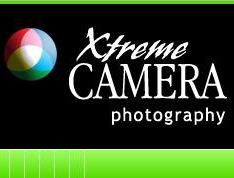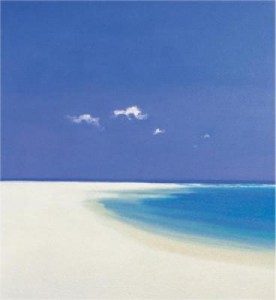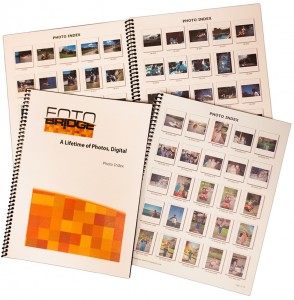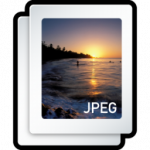 Now through August 15th (11:59PM PT), save 8 % on any Slides 3000 or Slides 5000 Package. Simply enter coupon code AUGS8 when entering your online order (prior to August 15th) and save on your entire order, savings extend to all options and upgrades.
Now through August 15th (11:59PM PT), save 8 % on any Slides 3000 or Slides 5000 Package. Simply enter coupon code AUGS8 when entering your online order (prior to August 15th) and save on your entire order, savings extend to all options and upgrades.Also now through August 21th (11:59PM PT), save 10% on any Negatives 2000, Negatives 3000, or Negatives 5000 Package. Simply enter coupon code AUGN10 when entering your online order and save on your entire order.

FREE SCANS Promotions
100 FREE Slide Scans with Slides 2000 Package For the month of August, ending August 31(11:59PM PT), receive 100 FREE SCANS with the purchase of our standard Slides 2000 Package. Enter “August Promotion” in your online order comments placed prior to midnight August 31, 2009.
250 FREE Print Scans with Print 5000 Package For the month of August, ending August 31(11:59PM PT), receive 250 FREE SCANS with the purchase of our standard Prints 5000 Package. Enter “August Promotion” in your online order comments placed prior to midnight August 31, 2009.











